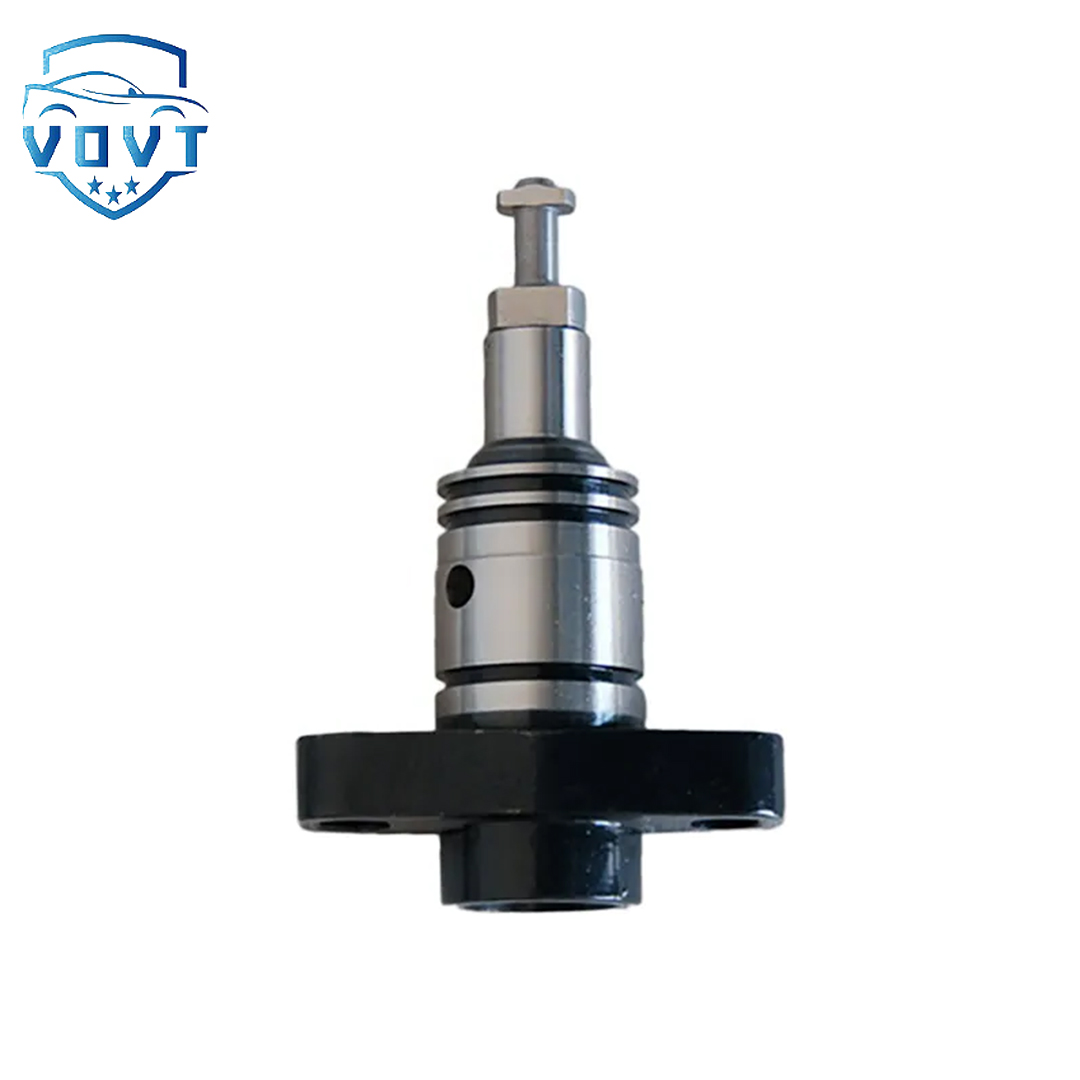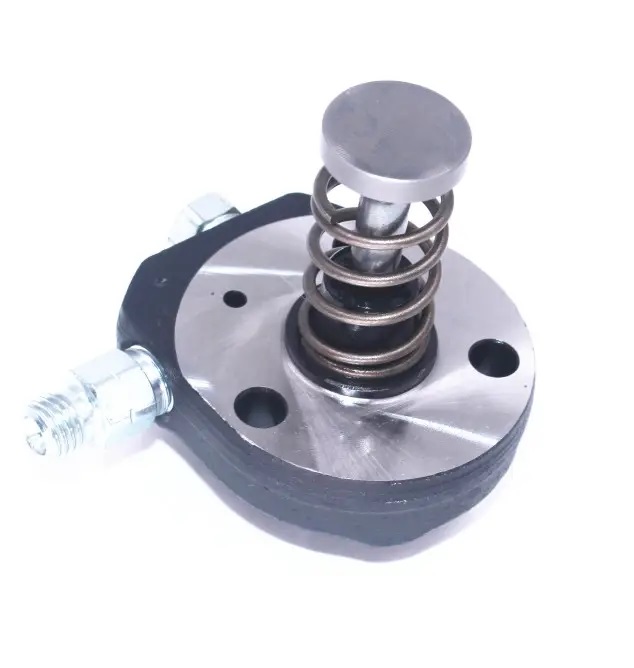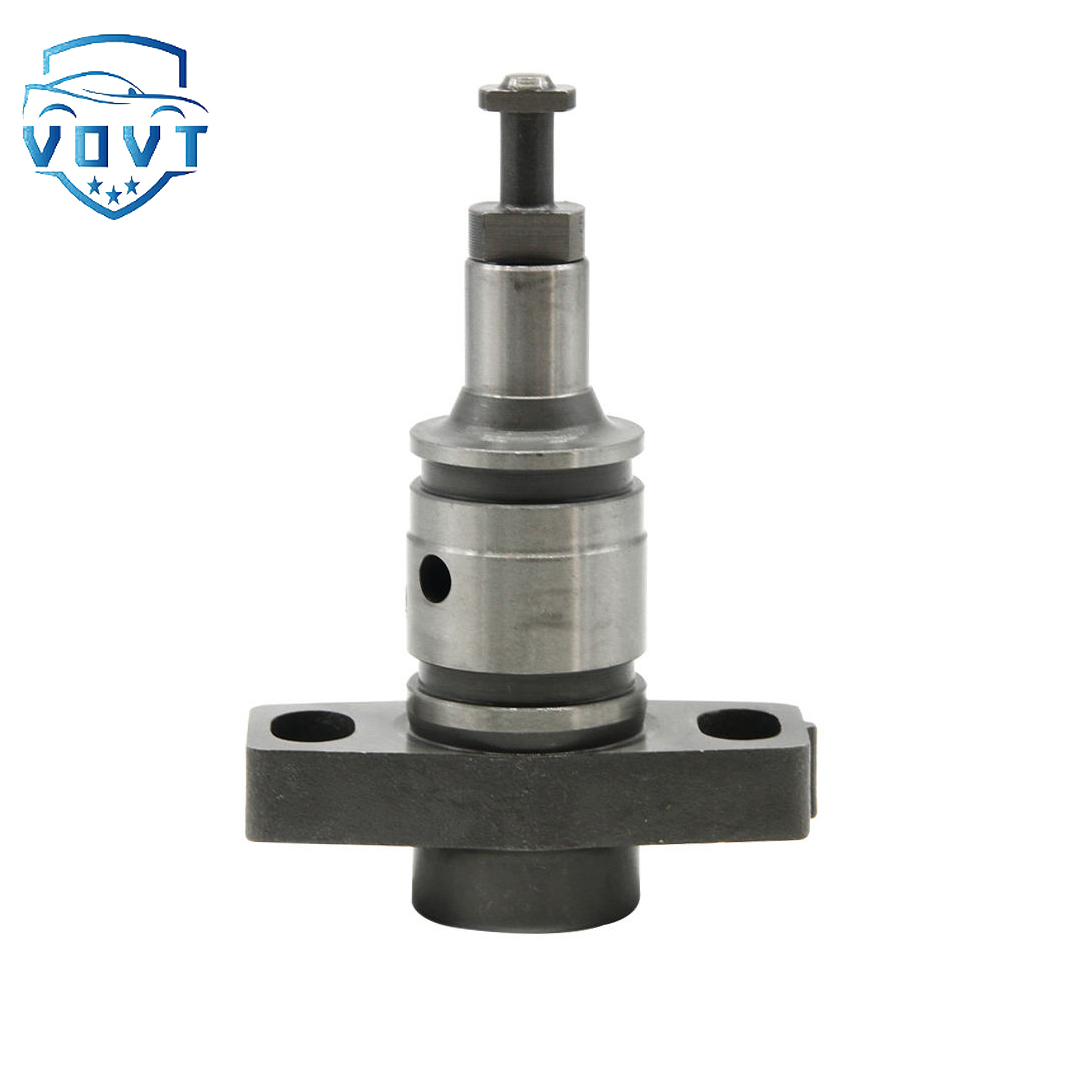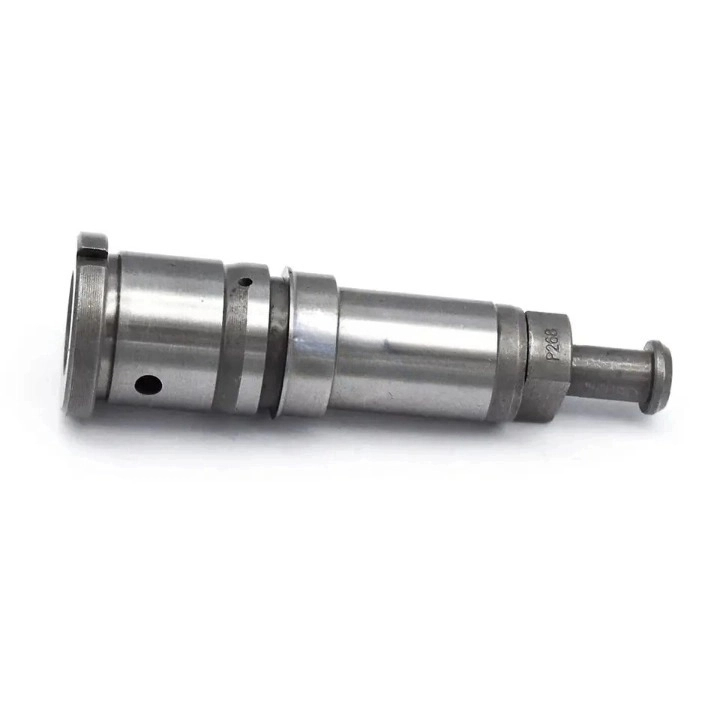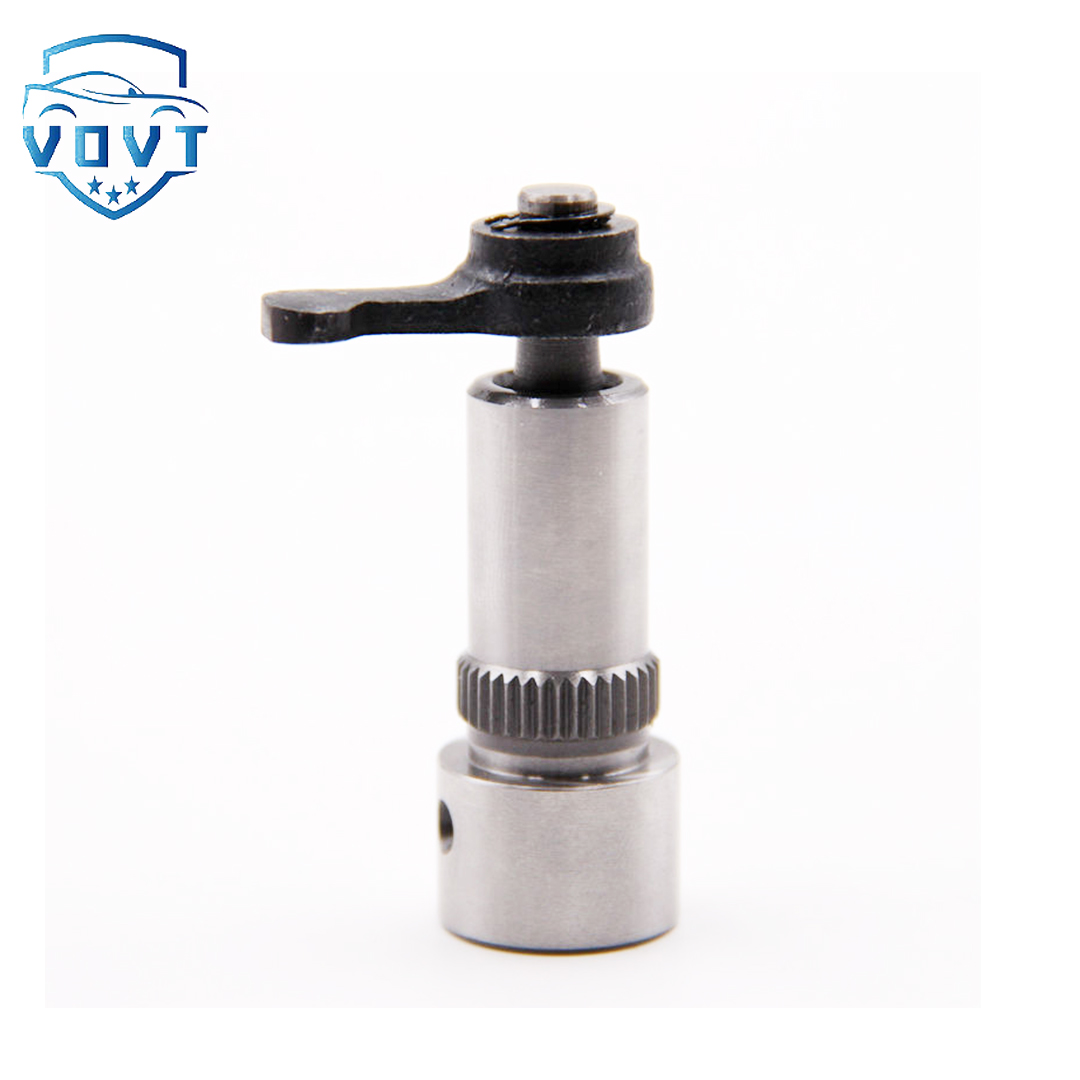Made in China Fuel Injection Pump Plunger 090150-4300 Pump Elements Engine Accessories
products description
| Reference. Codes | 090150-4300 |
| OE/OEM Codes | / |
| Application | / |
| MOQ | 5 PCS |
| Certification | ISO9001 |
| Place of Origin | China |
| Packaging | Neutral packing |
| Quality Control | 100% tested before shipment |
| Lead time | 7~15 working days |
| Payment | T/T, Paypal, Western Union or as your requirement |
What factors affect the pressure and flow of the plunger pump?
Factors affecting pressure
Load: System load is the main factor that determines the output pressure of the plunger pump. According to Pascal's principle, in a hydraulic system, pressure depends on the load. The greater the load, the higher the pressure the plunger pump needs to output to overcome the load and push the actuator to move. For example, in a hydraulic crane, the heavier the lifting weight, the plunger pump needs to output a higher pressure in order to drive the hydraulic cylinder to lift the weight.
Relief valve setting: The relief valve is a component used to limit the maximum pressure in the hydraulic system. If the set pressure of the relief valve is low, when the pressure output by the plunger pump reaches the set value of the relief valve, the relief valve opens and the oil flows back, thereby limiting the further increase of the system pressure. At this time, the pressure of the plunger pump is limited to the set pressure value of the relief valve.
Oil viscosity: Oil viscosity has a certain effect on the pressure of the plunger pump. Oil with higher viscosity will produce greater resistance during the flow process, so that the plunger pump needs to overcome greater resistance during the oil suction and oil pressure process, which may cause the pump output pressure to increase; on the contrary, oil with lower viscosity has less flow resistance, but may cause difficulty in pressure establishment or greater pressure loss due to increased leakage and other reasons.
Clearance between plunger and cylinder: If the clearance between plunger and cylinder is too large, it will cause the oil to leak from the clearance under high pressure, causing the actual output pressure of the pump to drop. Because part of the oil is not output to the system through the normal oil pressure channel, but leaks inside, affecting the effective establishment and transmission of pressure.
Factors affecting flow rate
Plunger diameter and stroke: The diameter and stroke of the plunger directly determine the displacement of each working cycle of the plunger pump. According to the volume formula, the larger the plunger diameter and the longer the stroke, the larger the volume swept by the plunger when it reciprocates in the cylinder, the more oil is sucked and discharged in each working cycle, and the greater the flow rate of the pump, which is positively correlated with the flow rate.
Speed: Within a certain range, the higher the speed of the plunger pump, the more times the plunger reciprocates per unit time, the more times the oil is sucked and pressed, and the greater the flow rate. However, too high a speed may cause problems such as insufficient oil suction and oil heating, affecting the performance and life of the pump.
Oil temperature: Changes in oil temperature will cause changes in oil viscosity, which in turn affects the flow rate. As the oil temperature rises, the oil viscosity decreases, the internal friction of the oil during the flow process decreases, the flow resistance decreases, and the flow rate increases; but if the oil temperature is too high, it may cause increased oil leakage, which in turn reduces the actual output flow rate.
Leakage: There are many possible leakage paths inside the plunger pump, such as the gap between the plunger and the cylinder body, the gap between the distributor and the cylinder body, etc. Leakage will cause part of the oil to flow back in the pump and not be output to the system, resulting in the actual output flow rate being lower than the theoretical flow rate. The amount of leakage is related to factors such as the matching clearance, oil pressure, and viscosity. The larger the clearance, the higher the pressure, and the lower the viscosity, the greater the leakage.




















